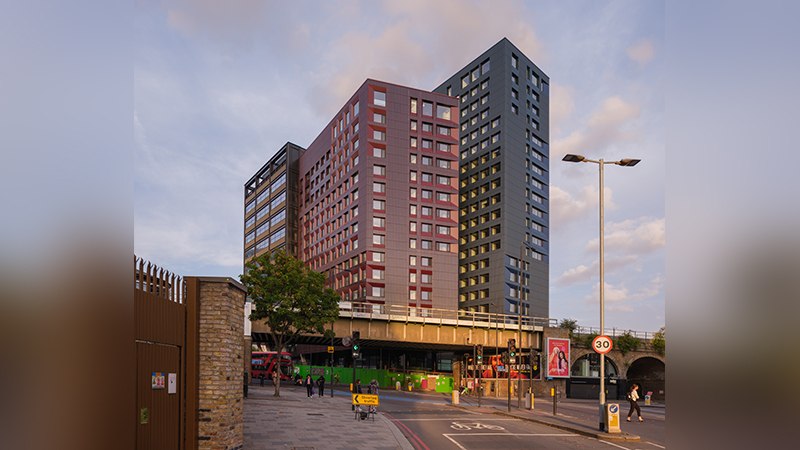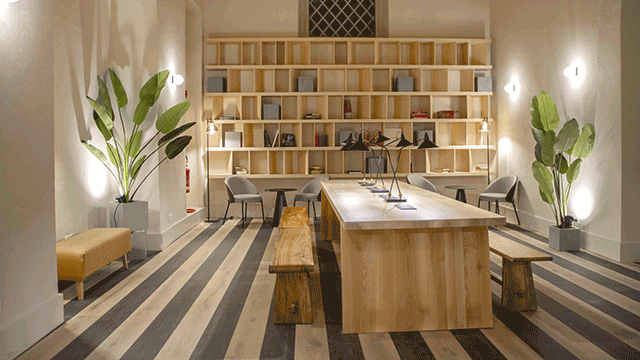A total of £3.2bn of investment in new homes is estimated to be “on hold” and “at risk” in Scotland, with rent controls and political uncertainty affecting investor appetite, according to a new report by Rettie & Co, commissioned by the British Property Federation.
The research show that Scotland is falling behind the rest of the UK in the delivery of build-to-rent homes.
Rettie & Co interviewed 14 investors that are heavily involved in BTR in the UK, with around £15 bn of assets, of which just over £1bn were in Scotland.
Within Scotland, according to the investors surveyed, Edinburgh and Glasgow were seen as the main locations for residential investment opportunities.
Edinburgh tended to be preferred owing to stronger market fundamentals, including higher rents and earnings and a larger percentage of households in the private rented sector, but it was recognised that Edinburgh had limited development opportunities.
Glasgow was seen as having more development opportunities, but with weaker fundamentals. Both Edinburgh and Glasgow were believed to have obvious demand/supply housing imbalances, especially for quality rented product, for which investors generally believed BTR was a partial solution.
Other parts of Scotland were generally not “on the radar”, although a small number of funds had interests in areas including Aberdeen, Perth, Falkirk and Stirling. However, the investors thought that this may change as BTR is established in the two main cities, as has been the experience in England and other European locations.
The investors were asked to assess the attractiveness of Scotland as a location for residential investment given the current legislative and market environments. This was on a scale of one to five, with one being “unattractive” and five “very attractive”.
None of the investors surveyed believed Scotland is currently an attractive place to invest.
Four of the investors judged Scotland to be a one, which means uninvestable under current conditions. This includes three investors with current BTR assets in Scotland.
One investor with assets in Scotland said: “We are not planning on doing anything more really. It is very frustrating as our UK model should work well in many parts of Scotland.”
They put this down to the rent freeze legislation, which forced them to pull out from a number of sites they were looking to purchase in Scotland.
Another investor with no interests in Scotland was adamant that the logic of that position had only strengthened with the emergency legislation.
It said: “We have no commitments to Scotland, and the rent freeze only confirms that was the right thing to do. We can deploy capital and get the returns we need in other markets without these sorts of constraints.”
Five of the investors assessed Scotland to be a two, three of which have current assets in Scotland. The remaining five investors judged Scotland to be a three, including two investors without assets in Scotland, showing that the country is still viewed reasonably positively, including by investors that have not yet entered the market. However, none of the investors judged Scotland to be a four or a five.
Rettie & Co’s data further found that if the main Scottish cities had been completing BTR homes at a similar rate to other leading UK cities, Scotland would now have around 15,000 additional new homes for rent.
John Boyle, director of research and strategy at Rettie & Co, said: “Our work clearly shows the potential for BTR in Scotland as part of the answer to the housing crisis.
“The sector has been stymied by what investors consider to be a high level of political risk. The emergency legislation has elevated these risks and less supply will come forward as a result, which will have consequences for the affordability and availability of property to rent in Scotland.”
To send feedback, e-mail akanksha.soni@eg.co.uk or tweet @AkankshaEG or @EGPropertyNews











